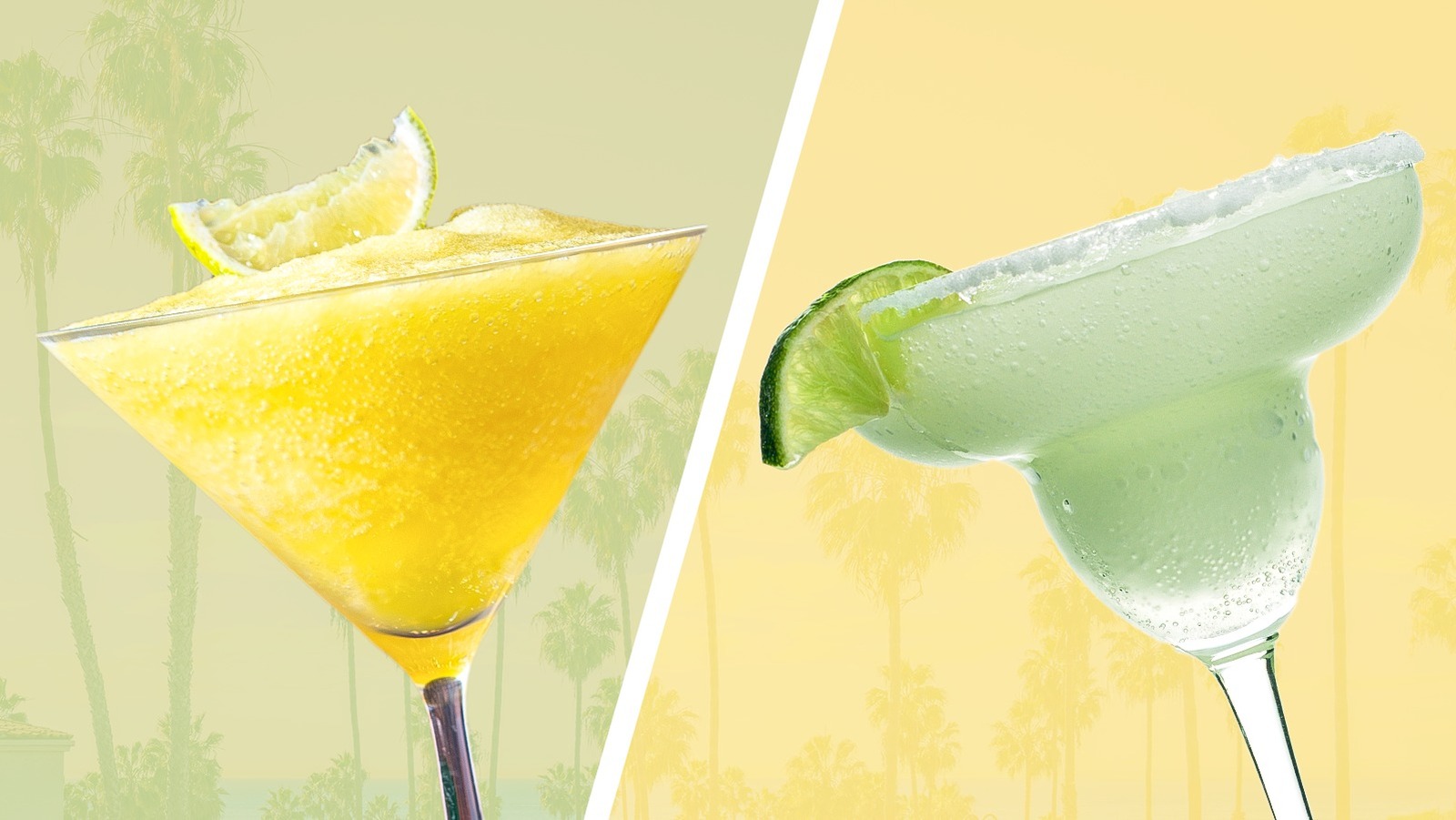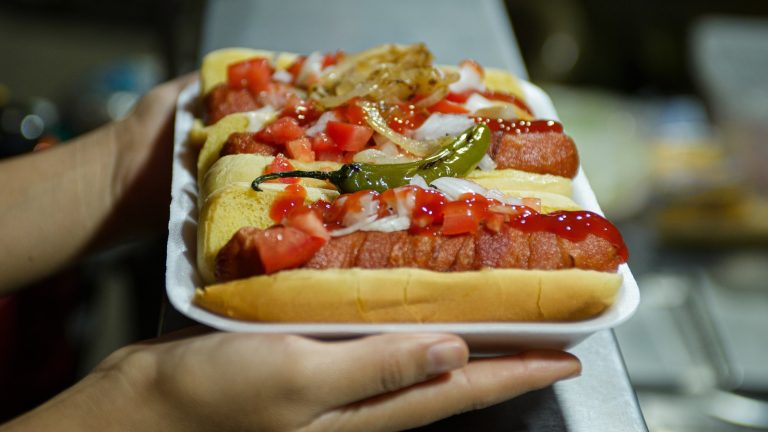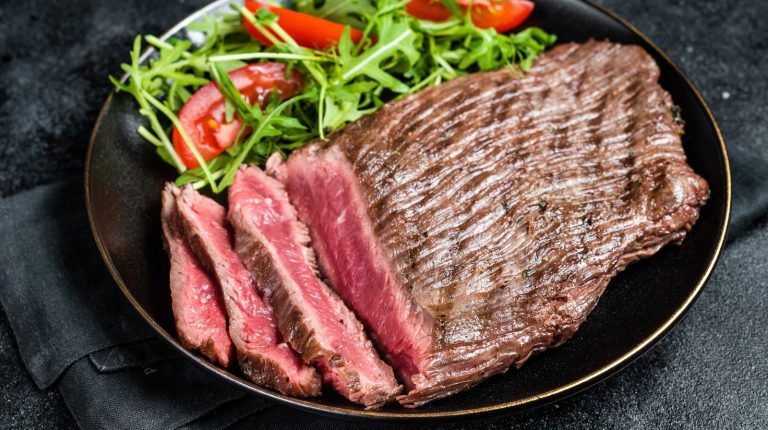Few classic cocktails have been tinkered with as much as the daiquiri and margarita. The margarita has grown along with tequila’s rising popularity to become maybe the most iconic cocktail in the U.S., and has spawned countless variations swapping in different juices, adding spice with jalapeños, or using mezcal in place of the original agave spirit. Daiquiris have followed a slightly different path. Being one of the older pre-prohibition cocktails in existence, the-old school daiquiri, like the Tom Collins or Whiskey Sour, became a sugary punchline in the late 20th century. Pre-made mixes and frozen flavored variations overtook the classic recipe at restaurants and on store shelves, to the point where a lot of people today would still picture a frozen strawberry daiquiri slushie first when you offer them a daiquiri.
While many of these variations don’t live up to the originals, it’s not surprising that both daiquiris and margaritas have inspired so many knock-offs. They are two very similar cocktails, with the big difference simply coming down to the use of white rum in the daiquiri versus the margarita’s tequila. Beyond that both are simple, citrusy drinks with a versatility that lends them to endless variations. The daiquiri has quite different origins that the margarita, being more intimately tied to the oldest of cocktails, while the margarita was created as a modern variation on an existing cocktail. But neither would exist without the original trio of liquor, citrus, and sugar.
What is a daiquiri?
The modern form of the daiquiri cocktail is a simple mixture of rum, usually white, with lime juice and simple syrup. That’s it. The cocktail’s first recorded appearance is in the late 19th and early 20th century, with its creation being attributed to an American named Jennings Stockton Cox working in Cuba near the namesake town of Daiquiri. Cox based the cocktail on drinks the local workers would make, and the daiquiri is likely a direct evolution of the popular canchànchara, a Cuban cocktail which used honey instead of cane sugar.
In fact, mixtures like this even predate the canchànchara, including what is often considered among the first “cocktails”: British navy grog. This was a mixture for satiating sailors and preventing scurvy; it was made of watered down rum, lime juice, and sugar, or sometimes lemon and spices like cinnamon. This was because citrus, sugar cane, and rum were all products of the British Caribbean colonies, so the mixture of lime with liquor and sugar was a natural local creation.
The most common ratio for the daiquiri is the standard 2:1:1 formula for sour cocktails, meaning two parts spirit to one part sour and one part sweet. The mixture is shaken with ice to emulsify and dilute the cocktail, much like water did with the earlier navy grog. This is the basis for all the different daiquiri variations, including the famous Hemingway daiquiri.
What is a margarita?
A margarita uses the same 2:1:1 sour formula as the daiquiri, but with tequila instead of rum. And while many original tropical drinks used local sugar cane, the original margarita uses an orange liqueur as its sweetener: triple sec. Also like a daiquiri, a true margarita is made by being shaken with ice and strained, as the water is an essential part of the cocktail’s drinkability and texture.
The origins of the margarita are more murky than the daiquiri, and there is no single clear story that can be verified as the truth. Instead, like the daiquiri, it appears to have evolved from multiple predecessors. One is the Picador, which mixes Cointreau with lemon or lime and tequila, and appears in some late ’30s cocktail books. The more documented alternative is a Mexican variation on the daisy cocktail. The original daisy mixed brandy with lemon juice, syrup, and orange Curaçao, while later versions swapped the orange for grenadine. A whole suite of sour daisy cocktail variations appeared, including a tequila daisy in Mexico which was very similar to the modern margarita, save for the use of lemon juice instead of lime. In fact, the Spanish word for daisy is “margarita.”
While the different base spirits and the margarita’s addition of triple sec make each of the two cocktails a unique experience, both are refreshing drinks that owe a debt to the Caribbean. And you get plenty of history when you’re sipping either one.






